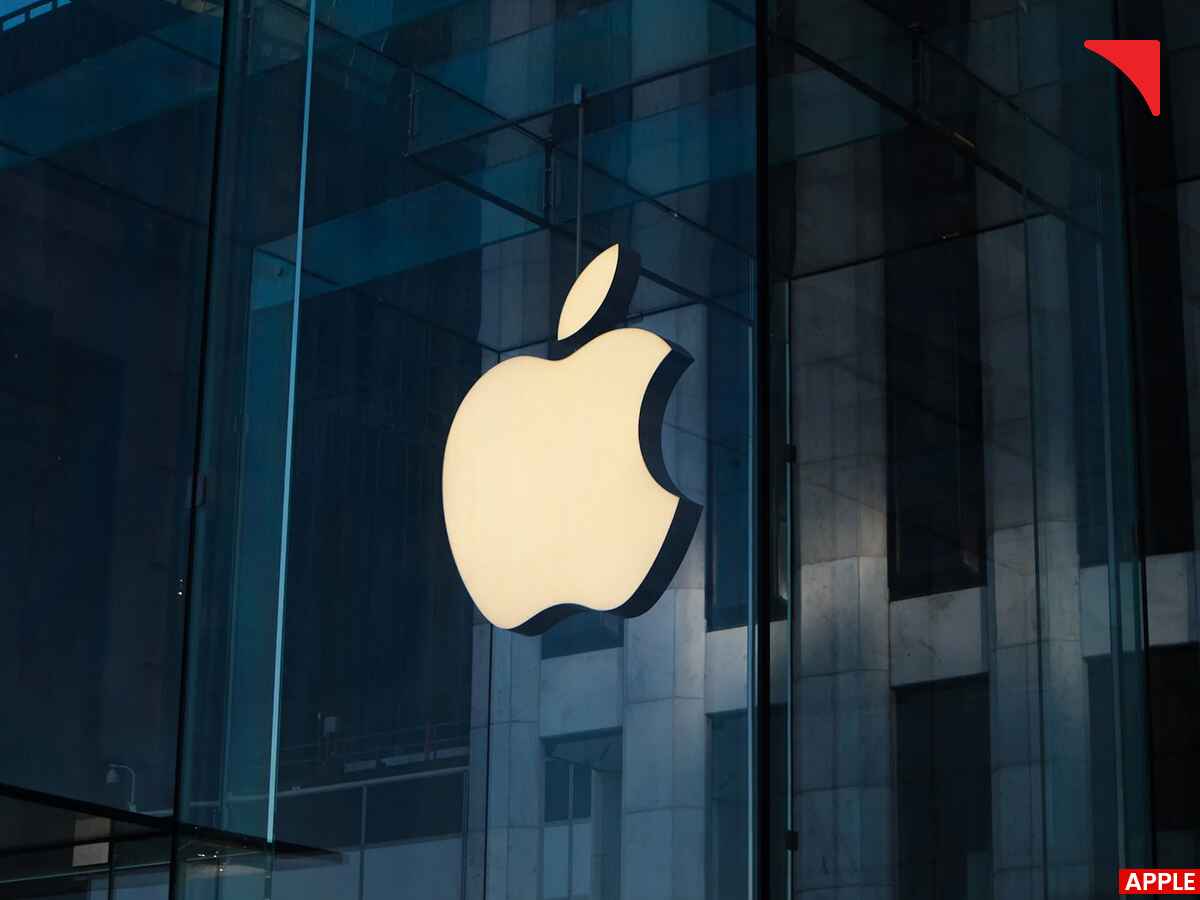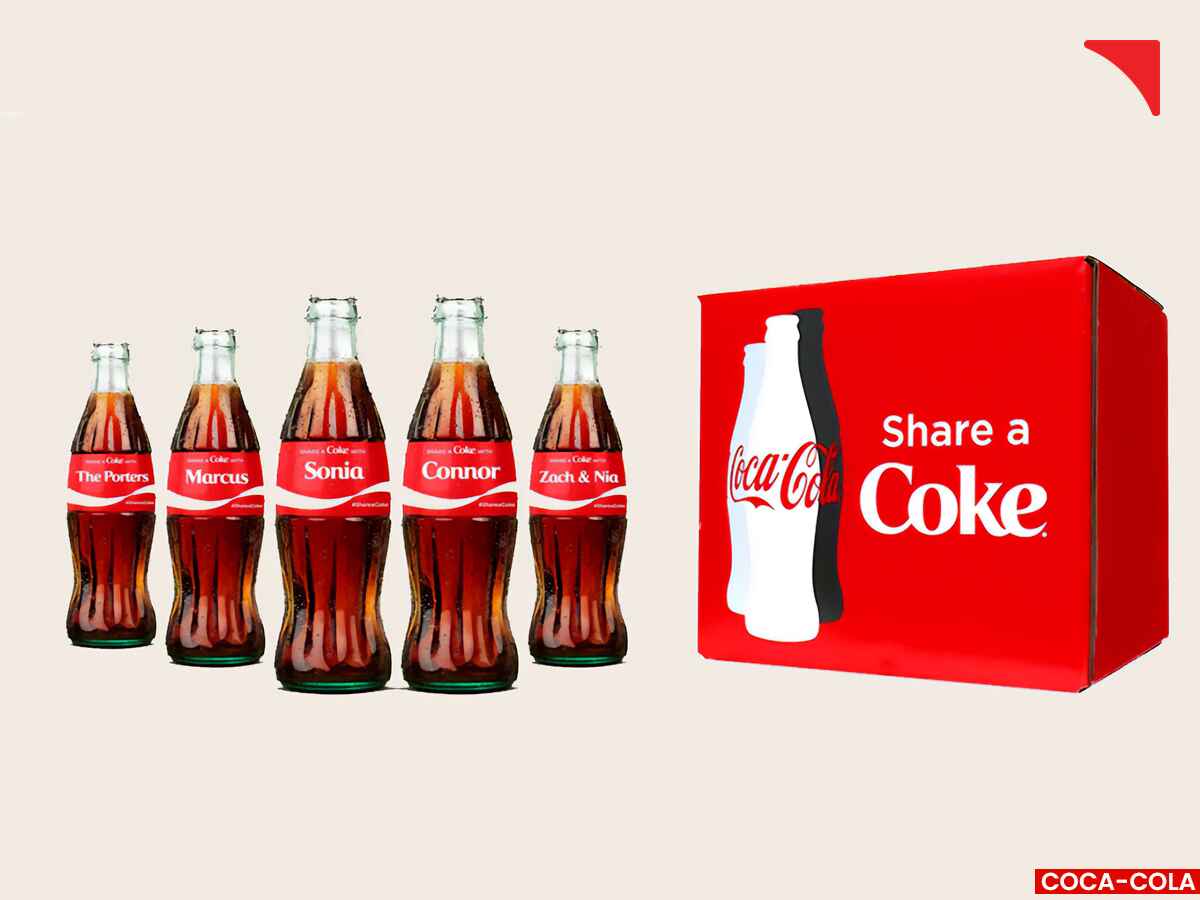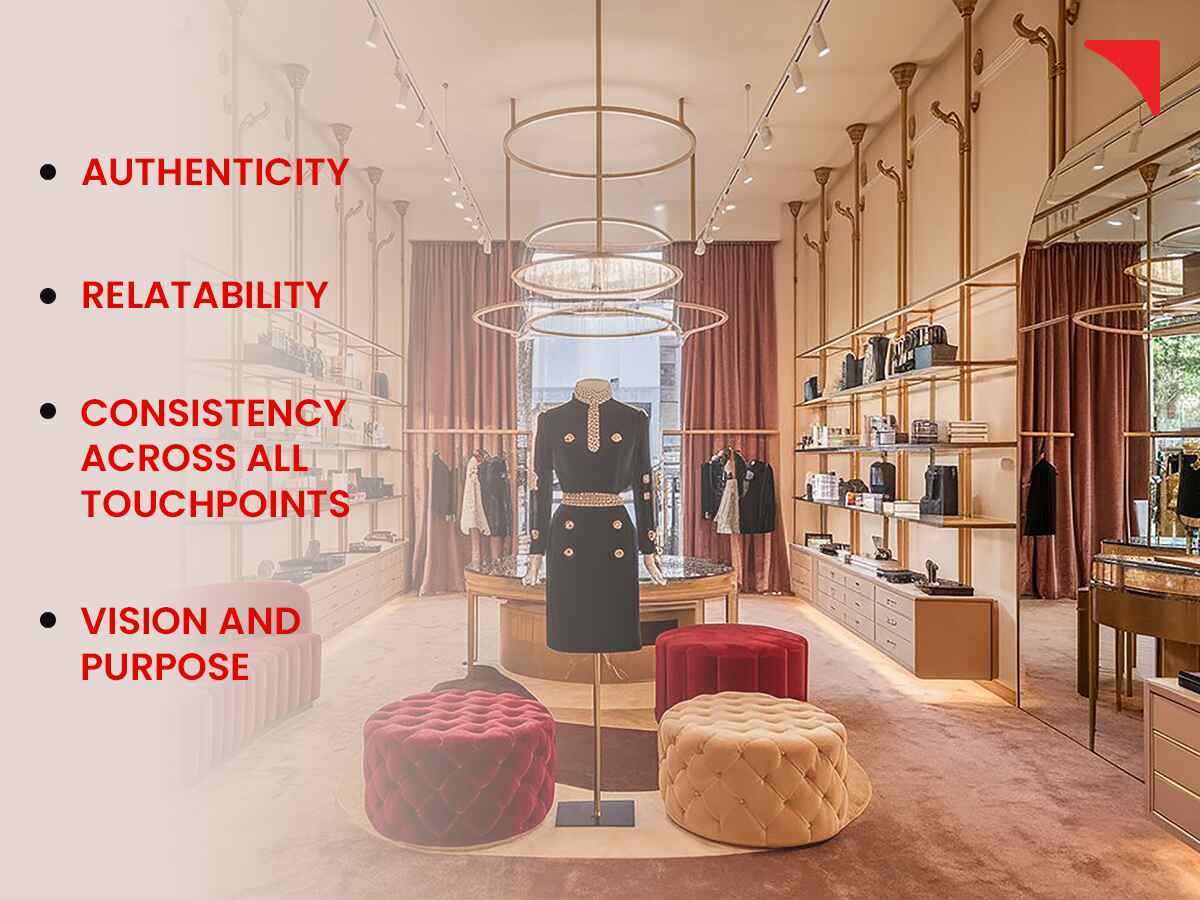REDEFINING RETAIL EXPERIENCE WITH BRAND STORYTELLING

In the era of retail highs and lows, providing customers just with high quality services or products is no longer enough. Instead, retail brands need to focus on delivering immersive shopping experiences along with desirable products in order to build a loyal customer base.
In order to convert their customer's retail experience into an emotional journey without actually overwhelming them, retailers can consider including the concept of brand storytelling in their entire store design or other retail aspects. It is one of the core elements of a successful retail strategy that helps brands create and present an engaging brand narrative that further shapes the customers' perception in a positive manner by letting them engage on a deeper emotional level, fostering trust and loyalty that eventually drives sales.
Harvard Business Review reports that companies with strong storytelling capabilities see a 33% higher market share than their competitors.
Through the medium of this blog, we will educate our readers on why brand storytelling is vital for attaining retail success.
Emotional Power of Storytelling in Retail

According to a suggestion by a renowned cognitive psychologist, Jerome Bruner, our brains are 22 times more likely to retain information presented in the form of a story than basic facts or numbers. Well, this is mainly because stories have the power to stimulate different areas of the brain. This results in the build up of an emotional connection that further influences purchasing decisions and shopping behaviours.
According to Nielsen, 92% of consumers prefer recommendations from individuals over companies, and a well told brand narrative humanizes a firm, making it more relevant.
Well, these insights are more than enough to make it clear why narrative has become a secret weapon in retail marketing. It allows brands to cut through the clutter and connect directly and personally with customers. Let us now move on to the importance of visual merchandising and story telling for retail success.
Why Do Retailers Need Brand Storytelling?
1. To establish emotional connections and foster loyalty

The retail industry has transitioned from transactional to emotional ties. Brand storytelling, in this scenario, significantly contributes to the development of emotional connections as it helps existing and potential customers feel more invested in a brand's journey.
According to the 2023 Deloitte Consumer Review, 64% of customers think they have a strong emotional connection to the businesses they buy from.
These emotional relationships lead to repeat business and advocacy, with loyal consumers spending, on average, 67% more than new ones. Well, this clearly explains the importance of emotional connections and how they assist a brand in fostering long term client loyalty.
For a long time, Nike has been a master of brand narrative, emphasizing empowerment, perseverance, and personal triumph. Their "Just Do It" slogan has connected with both athletes and average consumers, further leading to the brand's $46 billion in yearly revenue. This narrative has clearly transformed Nike into a symbol of personal dominator rather than just a producer of athletic products.
2. Differentiating themselves from other competitors

According to an Edelman study, 63% of consumers prefer to buy from businesses known for their unique stories and beliefs, even if their items are not the cheapest.
In a world where consumers have an overwhelming number of choices, it is definitely crucial for retail brands to find different ways to help them provide immersive as well as unique retail experiences and further distinguish themselves from other retail brands present in the market. To accomplish this, brands can consider creating a captivating brand story to possess a distinctive voice further.
Apple, one of the most popular as well as the best consumer electronics, software, and services providing brands, is indeed the best example to support this point. The brand differentiates itself through incredible storytelling. Apple does not only sell computers, phones, smartwatches, and other accessories. Instead, it also sells a way of innovative way of living life that is both simple as well as technologically advanced.
Their product introductions and advertising are always focused on depicting how technology enhances people's lives and include a story that further resonates strongly with consumers. This is indeed one of the fundamental reasons for Apple's success.
3. Increased customer engagement

Brand storytelling is about how a brand communicates, not just what it says. Stories give a narrative framework for engaging content, whether on social media, in advertising, or in-store encounters. When done well, brand storytelling encourages customers to engage in the story.
Coca-Cola's "Share a Coke" campaign, for example, transformed their bottles into personal messages, making each one into a tiny story that customers could relate to and share. This campaign further resulted in a 4% increase in the overall sales of Coca-Cola in the United States. Also, it even led to a significant increase in the number of mentions on social media platforms. This strategy effectively established a dialogue between the brand and its customers, transforming the product into part of a personalized experience.
4. Facilitates brand advocacy

According to Sprout Social, 86% of customers would refer a trusted brand to their friends and family.
The stories presented by the brand do more than just attract potential customers. Instead, they convert them into advocates of the brand. When customers feel emotionally attached to a company's narrative, they are more likely to share it with others, so serving as brand advocates.
TOMS's "One for One" campaign promises that for every pair of shoes sold, another pair will be donated to a child in need, further presenting a message that the brand is concerned about the community and is fulfilling its social responsibility.
5. Improving brand recall

According to Forbes, 70% of consumers believe that knowing the narrative behind a brand improves their chances of remembering it. Hence, in an overly crowded retail environment, it is very common for customers to forget about a brand. Clearly, in this scenario, brand recall is critical.
Storytelling, along with immersive visual merchandising, keeps businesses at the top of their minds, making it easier for customers to recall them while making purchases.
Some key elements of successful brand storytelling:

1. Authenticity: Consumers value authenticity, and in today's society, they can quickly identify false storylines.
2. Relatability: Brand stories must appeal to the audience's emotions, beliefs, and desires. They should focus on creating stories that speak to their target audience's pain points, aspirations, and goals.
3. Consistency across all touchpoints: From social media to in-store interactions, your brand's message must be consistent across all channels.
4. Vision and purpose: Great brand stories describe not only who the brand is but also why it exists.
How can retailers assess the impact of brand storytelling?

To ensure that their brand's story drives retail success, retailers need to track and measure its effectiveness. Some key metrics to accomplish this include:
- Brand Awareness: Keep track of changes in website traffic, social media mentions, and media coverage.
- Engagement: Engagement indicators include social media shares, likes, comments, and time spent on content.
- Sales Conversion: Determine how narrative influences consumer purchase behaviour.
- Customer Loyalty: Track repeat purchase rates and retention over time.